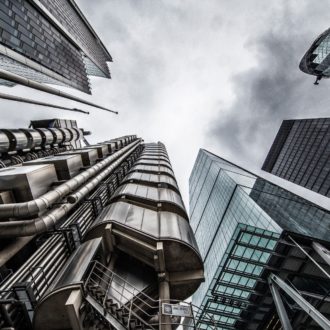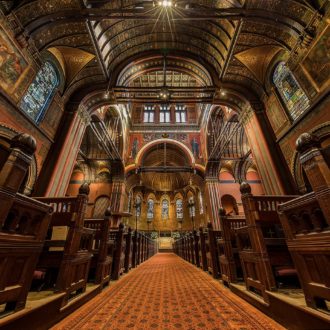The truth is, if you’re trying to make a realistic-looking HDR, Lightroom’s built-in HDR is not nearly as sharp or color accurate as you can get by starting in Lightroom, then jumping over to Photoshop’s HDR Pro and changing one all-important setting. Check out this video —
When I first figured this out, I asked our own Rob Sylvan to take a look and test it on one of his bracketed images, and he agreed — sharper and more accurate color. That’s a pretty important discovery and one you have to try for yourself to really appreciate.
11 Days ’till my Lightroom Seminar in Washington DC
Come on out and spend the day with me learning all the cool stuff in Lightroom Classic. Only $99, it includes a detailed workbook, plus a bunch of videos, and it’s 100% money-back guaranteed if it’s not the best Lightroom seminar on planet Earth. Tickets and details here.
Have a great Monday, ya’ll. 🙂
Best,
-Scott


